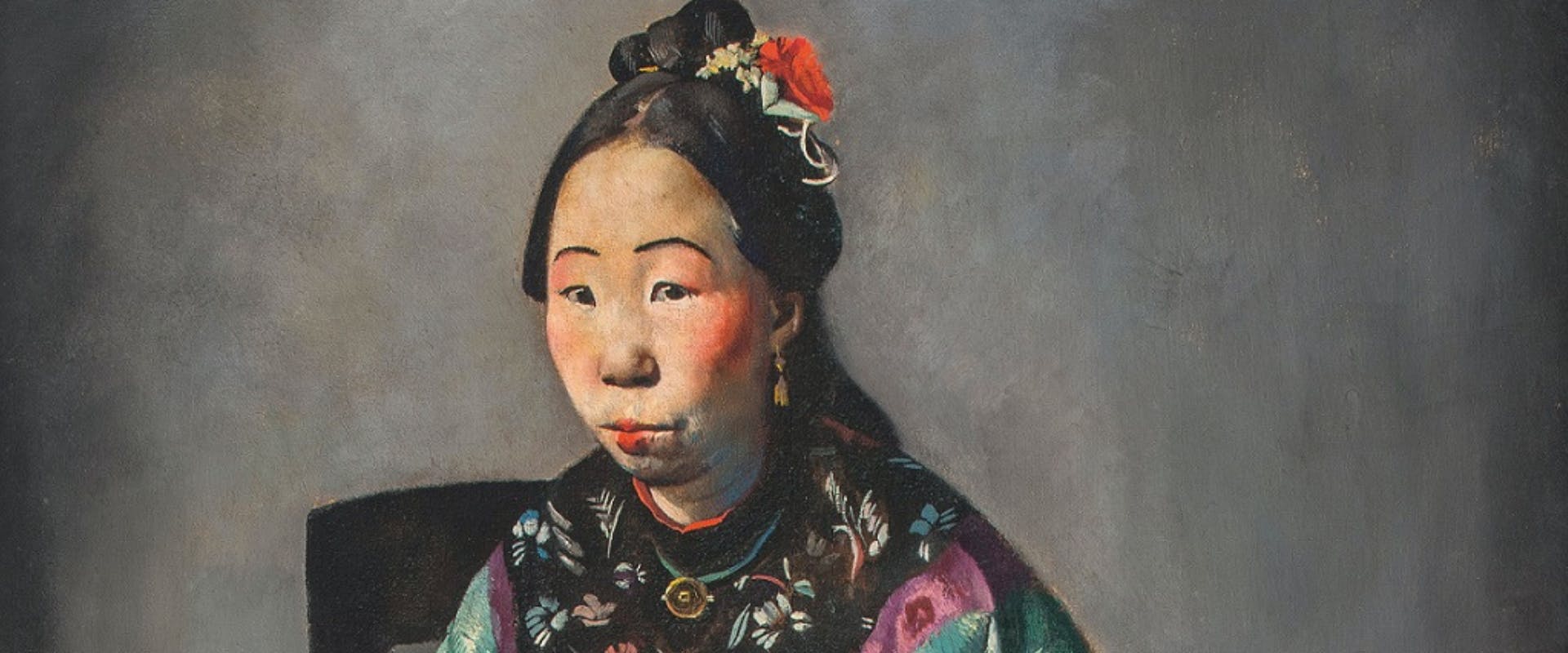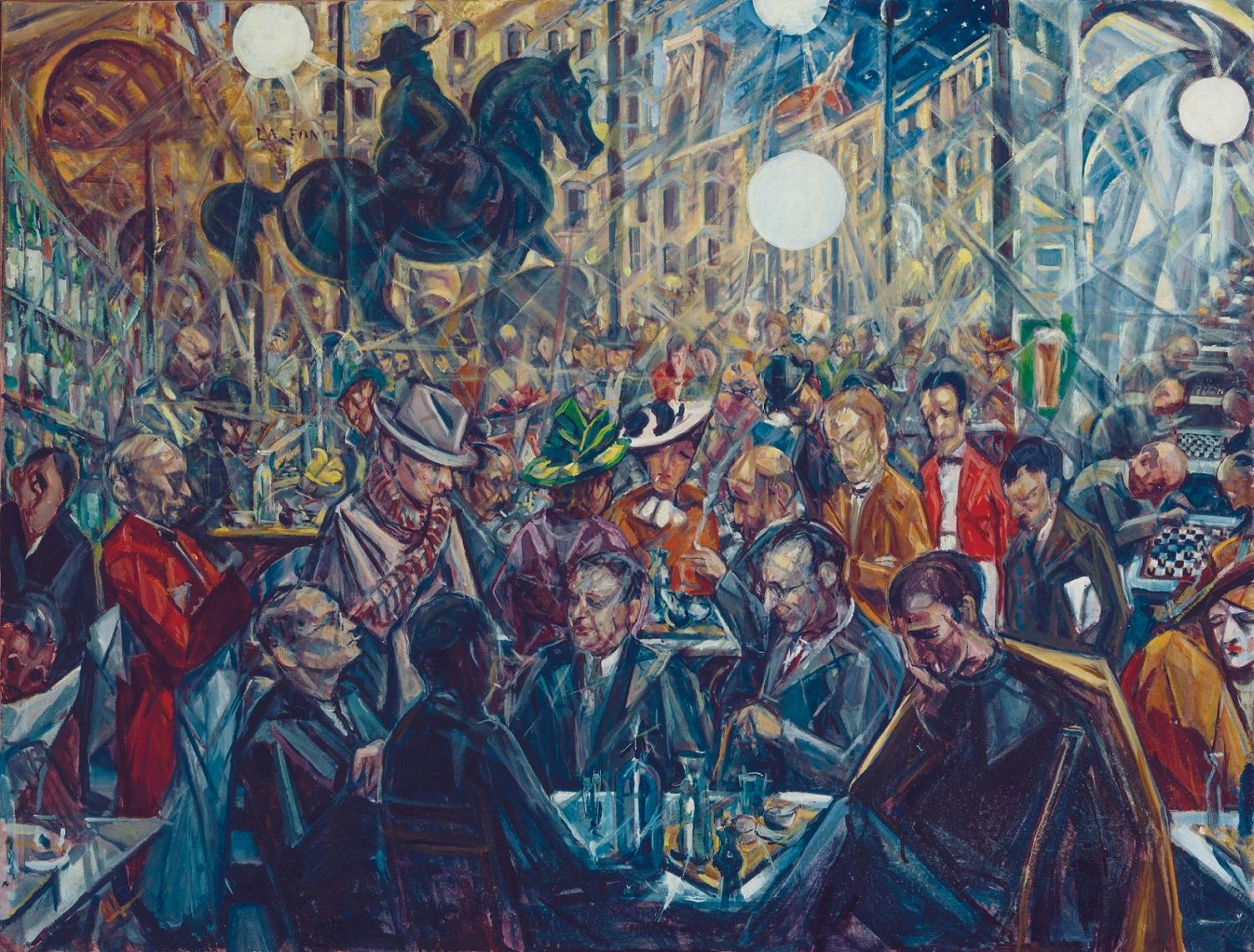Lights on the 20th Century. The hundredth anniversary of the Gallery of Modern Art of Pitti Palace 1914 - 2014
One hundred years after its founding, the Modern Art Gallery of Pitti Palace exhibits and narrates its 20th-century collections.
To celebrate the one-hundredth anniversary of its foundation, the Gallery of Modern Art of Pitti Palace decided to dedicate an exhibition to the 20th-century art collections owned by the museum.
Although the Gallery of Modern Art is best known for being the museum that hosts the largest and most historically and qualitatively important collection of Macchiaioli paintings globally, not everyone is likely to be familiar with the interesting collection of 20th-century works which have been relegated to the museum depositories until now.
Therefore, the exhibition seeks to draw attention to this small museum within the museum itself, which has hitherto been overlooked due to a shortage of exhibition space.
Thanks to its historicist approach, the exhibition recounts the times and methods that characterised the acquisitions of works highlighting, through the choices made during the decades of the last century, the cultural ferments of Florence at that time.
Nonetheless, it is more than just an exhibition. It determines a new museum itinerary of mostly unknown masterpieces of the last century, which hopefully will ultimately find, at the end of the exhibition, a permanent home in the final rooms of the Gallery of Modern Art of Pitti Palace.
The exhibition set-ups and choices
In selecting the works on display, were chosen artworks by the leading exponents of 20th-century Italian figurative culture: Felice Carena, Felice Casorati, Giorgio De Chirico, Filippo De Pisis, Gino Severini, Giuseppe Capogrossi, Guido Peyron, Ottone Rosai, which alternate with those, prevailing in quantity, of the representatives of the Novecento toscano" group of Baccio Maria Bacci, Giovanni Colacicchi and other associates, close to the milieu of the magazine Solaria and the canonical meeting place of the Florentine culture, the “Giubbe Rosse” café, which made the city a vibrant hub for the best Italian artists and intellectuals in the 1920s.
On display are works purchased at the various editions of the Venetian Biennales between 1925 and 1945, at the Roman Quadriennale in 1935, and those, much more numerous, purchased locally at the Società di Belle Arti in Florence, but above all at the Sindacali Toscane, dedicated to regional figurative culture.
In addition to these, no less important were the donated works, evidence, with their intense frequency, of an increasingly close relationship between the Gallery of Modern Art and the city.
Lastly, to complete the outlined scenario of the exhibition, in the Andito degli Angiolini, there is a large selection of graphic works shown in the famous International Exhibition of Black and White held in Florence in May 1914 at the Società di Belle Arti. This section, curated by Rossella Campana with the collaboration of Rosanna Morozzi and Giorgio Marini under the guidance of Simonella Condemi, documents the excellent level of quality and international scope of the works that were displayed on that occasion.
The exhibition, curated by Simonella Condemi and Ettore Spalletti, like the catalogue published by Sillabe, is promoted by the Ministry of Cultural Heritage and Activities and Tourism with the Regional Administration for the Cultural and Landscape Heritage of Tuscany, the Special Superintendence for the Historical, Artistic and Ethno-anthropological Heritage and for the Polo Museale of the City of Florence, the Modern Art Gallery of Palazzo Pitti, Firenze Musei, the Municipality of Florence and the Ente Cassa di Risparmio of Florence.

